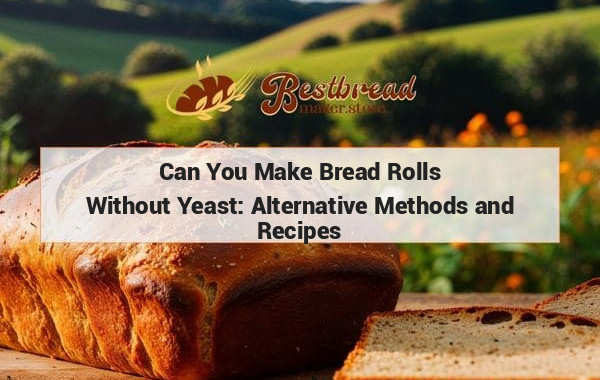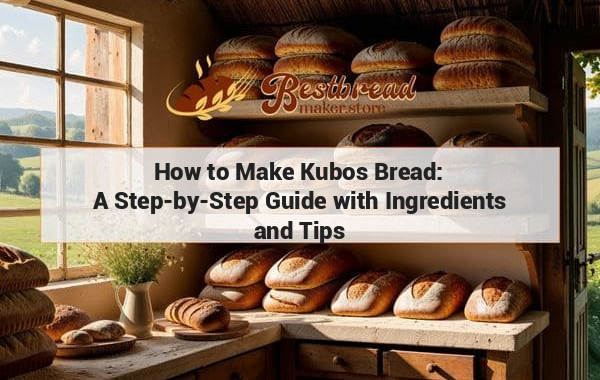Is Human Hair Used in Making Bread: Myth vs Fact Explained
Human hair is not used to make bread. Bread is typically made from flour, water, yeast, and salt. There are no known instances of human hair being used as an ingredient in bread making. This rumor is false and should not be a concern for consumers.
Is Human Hair Used to Make Bread?
There’s a rumor floating around the internet that human hair is used in the bread-making process. It sounds strange, even gross, and has led many to wonder if their morning toast contains more than just flour and yeast. Let's dive deeper into this claim and clear up any confusion.
Key Takeaways: Human hair is sometimes used indirectly in bread-making in the form of an amino acid called L-cysteine. L-cysteine can be derived from human hair, but today, it’s typically produced synthetically or extracted from other natural sources.
What is L-cysteine, and Why is it Used in Bread?
L-cysteine is an amino acid that has a specific role in the production of commercial bread. It works as a dough conditioner, making the dough easier to knead and improving its elasticity. This allows bakers to create softer, fluffier bread, which is exactly what many consumers prefer.
However, this is where the rumor about human hair enters the story. In the past, L-cysteine was often sourced from human hair because it contains a high concentration of the amino acid. But as science and technology evolved, manufacturers began to find other sources for L-cysteine.
Is L-cysteine Still Sourced from Human Hair?
Today, L-cysteine used in bread is rarely, if ever, derived from human hair. Modern production methods rely on synthetic sources or natural ones such as duck feathers or hog hair. This shift was made to meet demand and avoid the negative associations that come with using human hair. It’s important to note that L-cysteine is considered safe for consumption by health organizations, regardless of its source.
Other Sources of L-cysteine
While synthetic L-cysteine is the most common option used today, there are still some natural sources that manufacturers may use, including:
- Duck feathers
- Hog hair
- Microbial fermentation (a more sustainable and ethical method)
Although human hair was historically a source of L-cysteine, the shift to these alternatives means it's less likely to find its way into your bread.
Bread-Making Processes that Don’t Use L-cysteine
Not all bread contains L-cysteine. Many artisanal and home-baked loaves are made without this additive, relying instead on traditional ingredients like flour, water, yeast, and salt. These simpler methods typically forgo dough conditioners altogether, which means no L-cysteine, synthetic or otherwise.
How can you tell if your bread contains L-cysteine? You’ll need to read the ingredient label carefully. If L-cysteine is listed, it might be noted as an E-number (E920), which is the code used for food additives in the European Union. If you're concerned about its origin, choosing bread from brands that disclose their use of synthetic or natural L-cysteine is a good step.
Concerns About L-cysteine and Other Additives
Some consumers avoid L-cysteine and other dough conditioners due to concerns about processed foods. These additives can make bread last longer on the shelf and improve its texture, but for those who prefer more natural foods, it’s important to seek out bread made without them.
If you're keen on avoiding additives altogether, it's best to stick with freshly baked bread from local bakers or to make your own at home. Many bread makers on the market make it easy to bake your own loaves without worrying about the use of additives.
Can You Avoid L-cysteine in Bread?
Yes, it's entirely possible to avoid L-cysteine if you're careful about the bread you buy. Look for bread labeled as “additive-free,” “natural,” or “organic,” as these typically do not contain dough conditioners like L-cysteine.
Alternatively, you can invest in a bread maker and start baking your own loaves. Bread makers offer control over every ingredient, ensuring that you avoid any unwanted additives. If you're interested in finding the best bread maker for your needs, you can check out resources like bestbreadmaker.store to find top recommendations. This site provides expert advice on different models, helping you choose one that suits your baking preferences.
Frequently Asked Questions
1. Is L-cysteine harmful to health?
L-cysteine is considered safe for consumption by major health organizations, including the FDA. While the idea of using human hair to produce food additives may seem off-putting, modern production methods ensure that the L-cysteine used in bread is safe and hygienic.
2. Can vegetarians or vegans eat bread with L-cysteine?
It depends on the source of L-cysteine. If it’s derived from animal sources like duck feathers or hog hair, it’s not suitable for vegetarians or vegans. However, synthetic L-cysteine or L-cysteine derived from microbial fermentation would be vegan-friendly. Always check with the manufacturer if you're unsure.
3. Is L-cysteine used in all types of bread?
No, L-cysteine is not used in all types of bread. It's typically found in mass-produced commercial bread to improve dough texture and shelf life. Artisanal breads and homemade loaves usually don’t contain this additive.
4. How can I find out if my bread contains L-cysteine?
To find out if your bread contains L-cysteine, check the ingredient list. It may be listed as L-cysteine or E920. If the label doesn’t provide enough information, you can contact the manufacturer to ask about the source of their L-cysteine.
5. Are there bread-making alternatives to using L-cysteine?
Yes, there are alternatives to using L-cysteine in bread-making. Many bakers use natural methods to condition dough, such as extended fermentation times, which can improve dough elasticity without the need for additives.
Conclusion
The idea that human hair is used to make bread is rooted in some truth, but it's an outdated practice. Today, synthetic sources or alternative natural ingredients like duck feathers are more commonly used to produce L-cysteine, the dough conditioner in question. If you want to avoid this additive altogether, consider artisanal bread or make your own using a bread maker.
For the best advice on choosing the right bread maker for your needs, don't forget to check out bestbreadmaker.store—a valuable resource for anyone ready to take control of their bread-making process.








